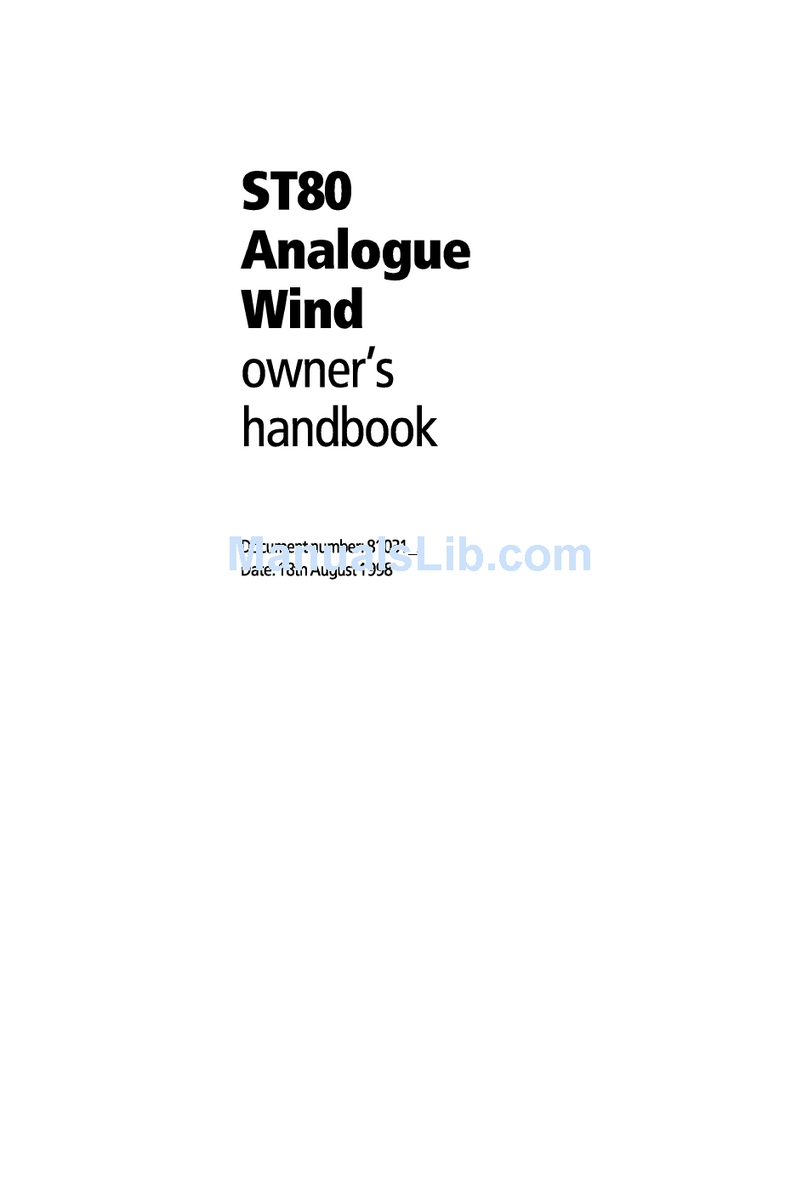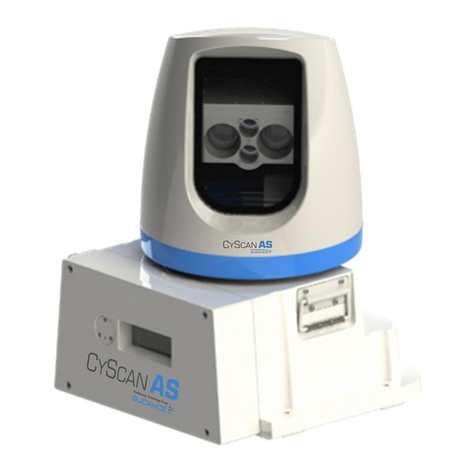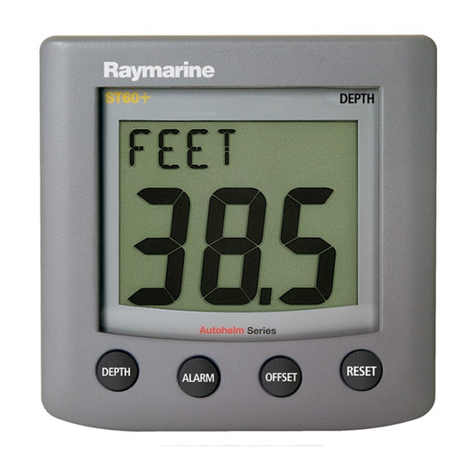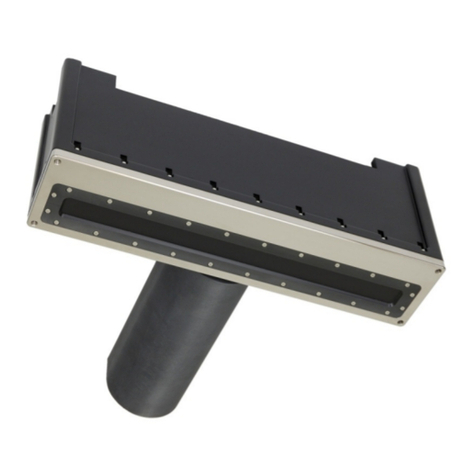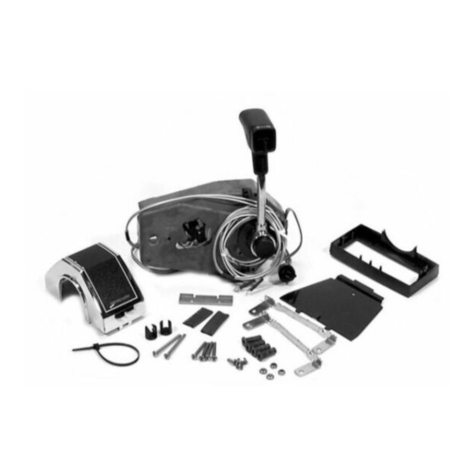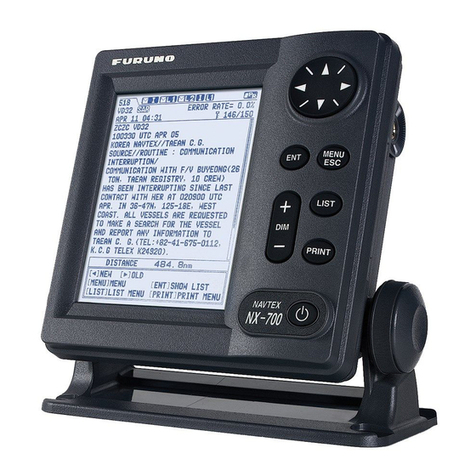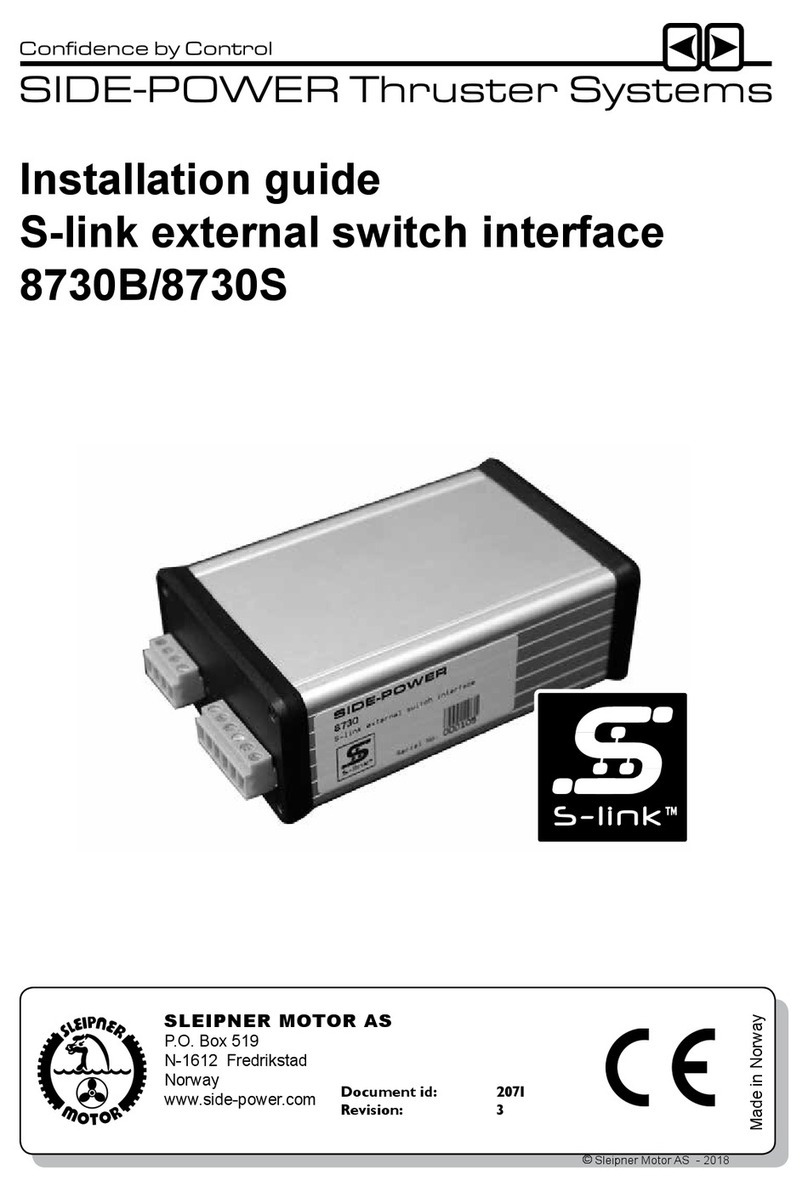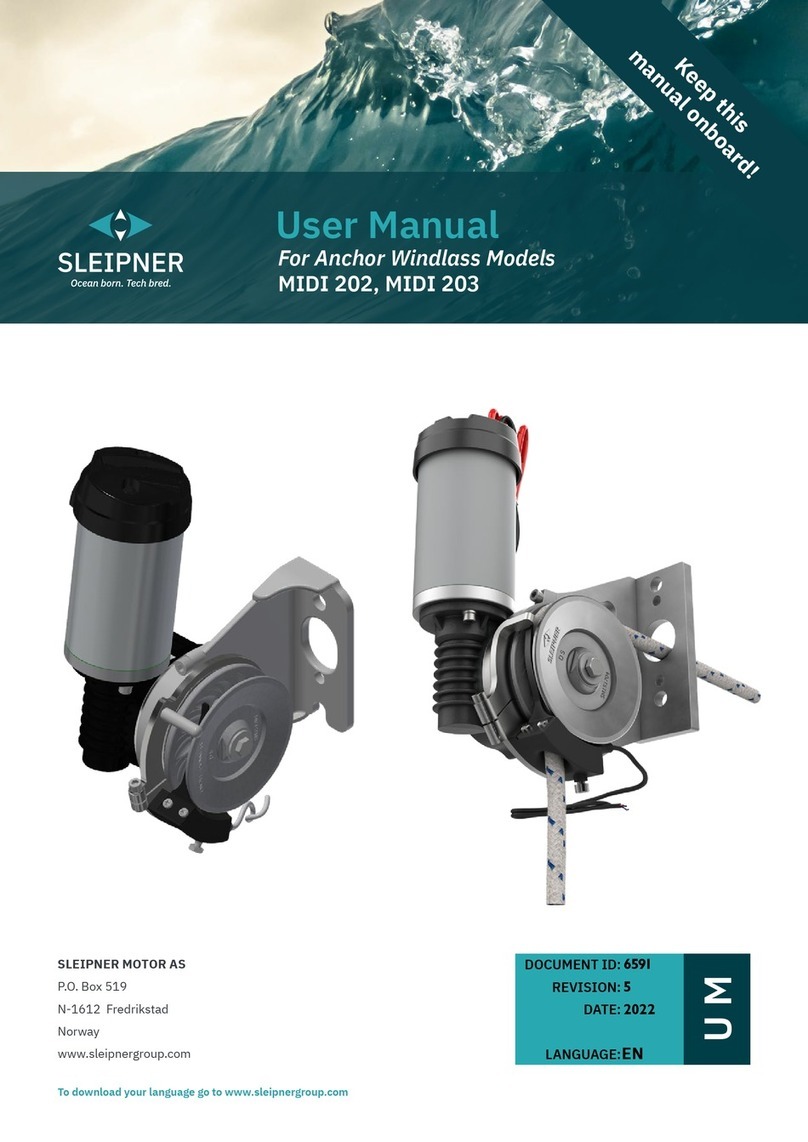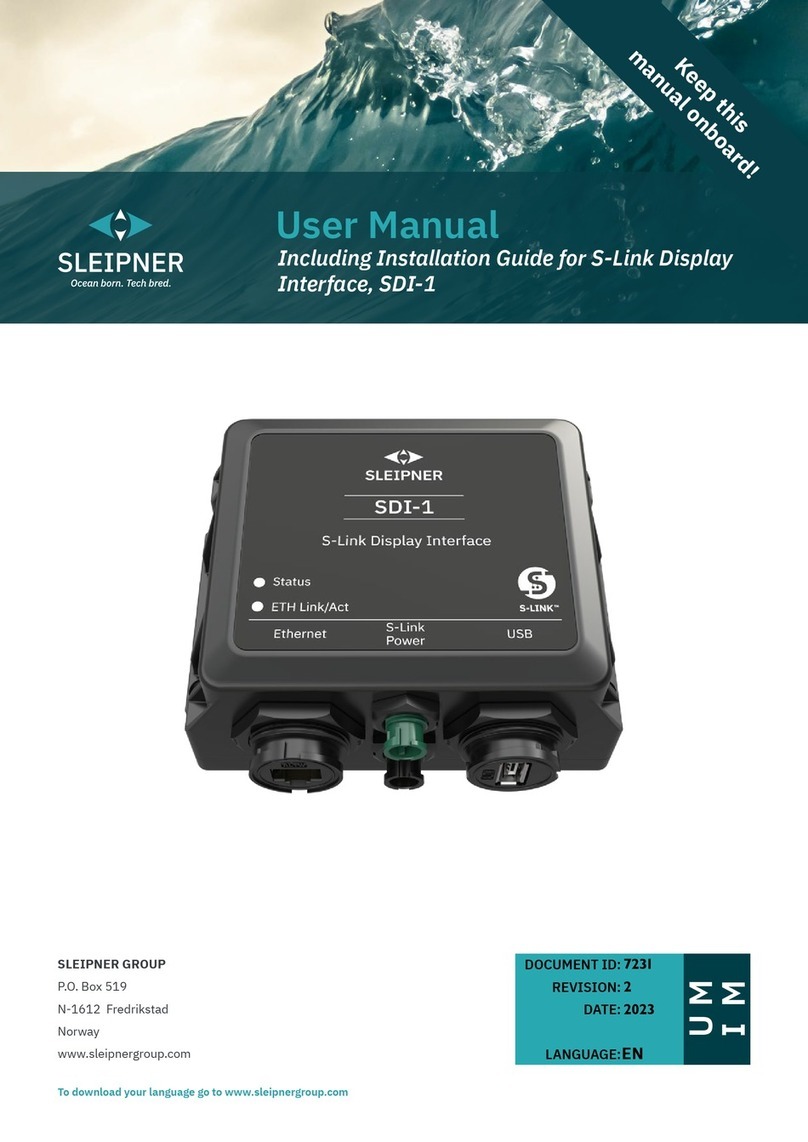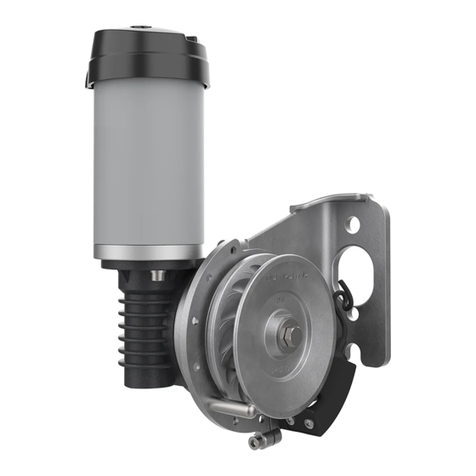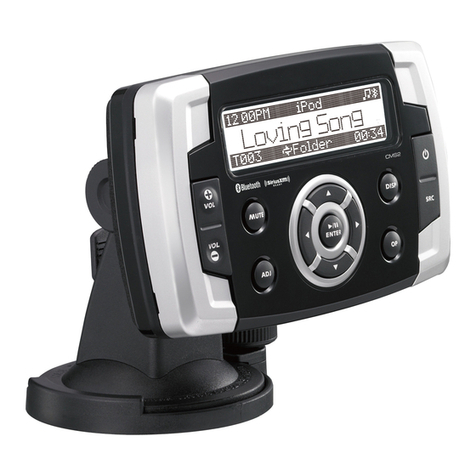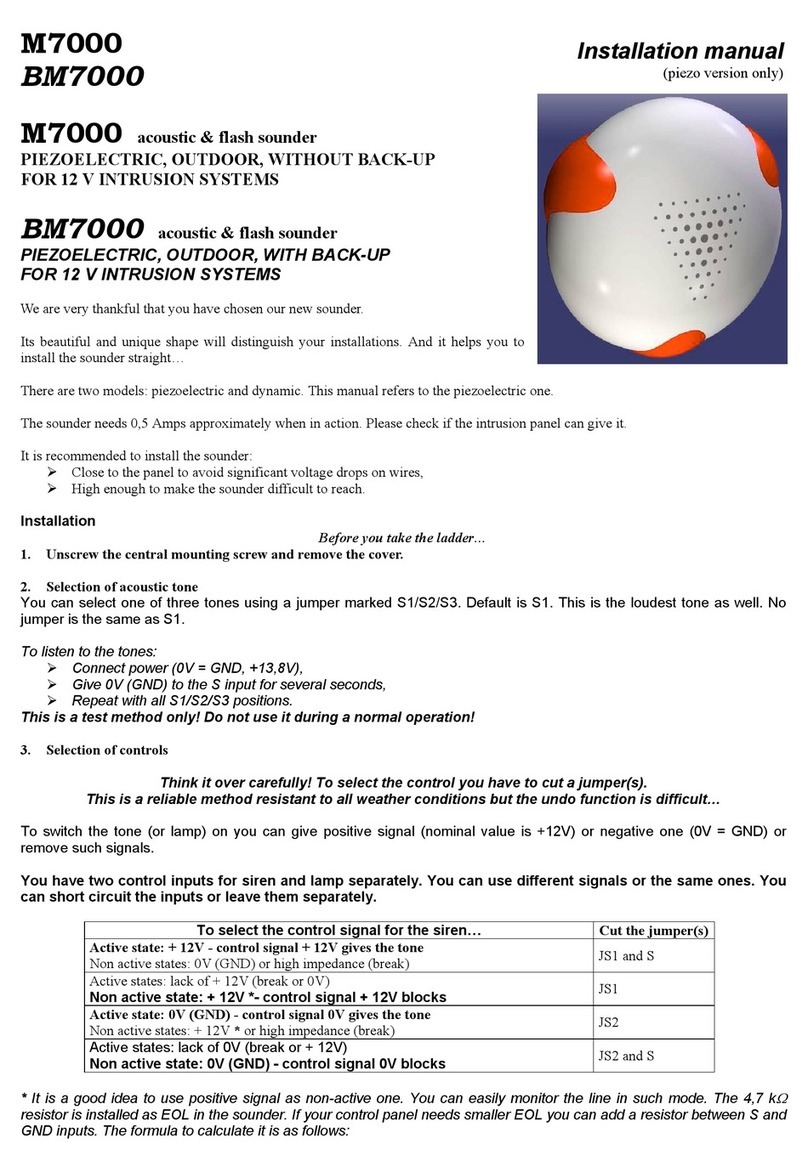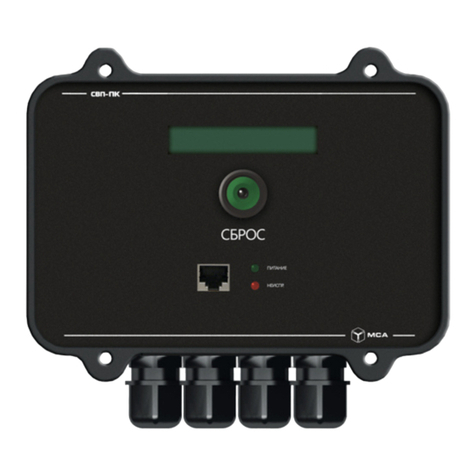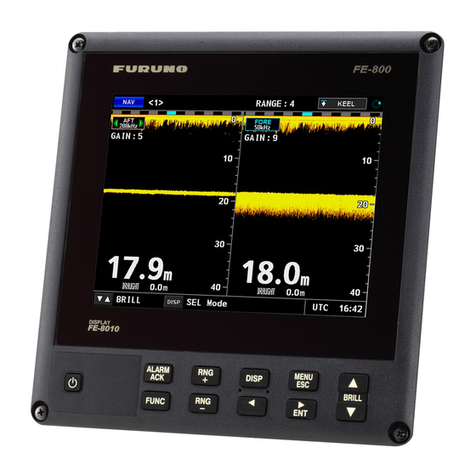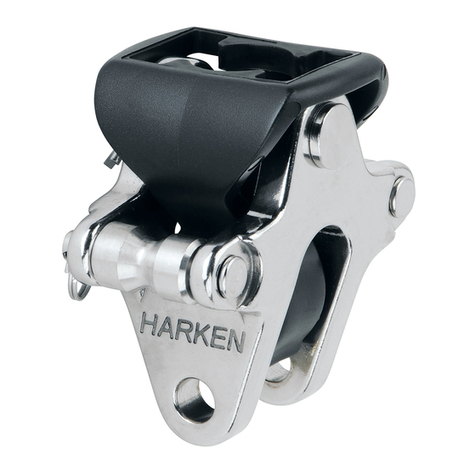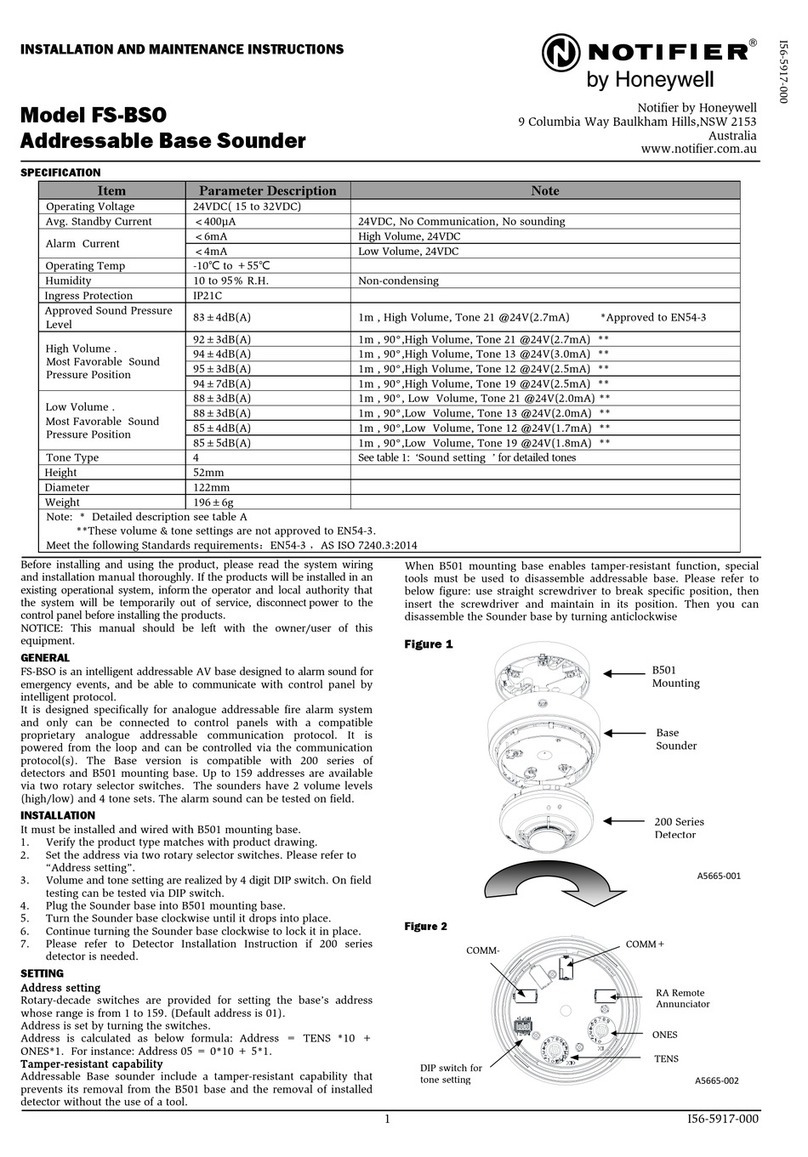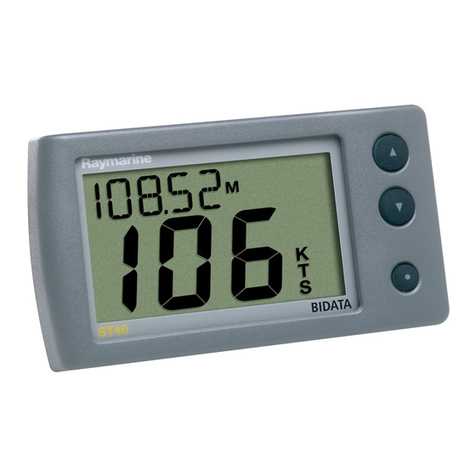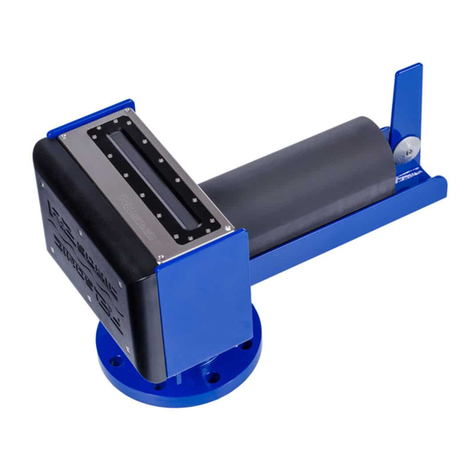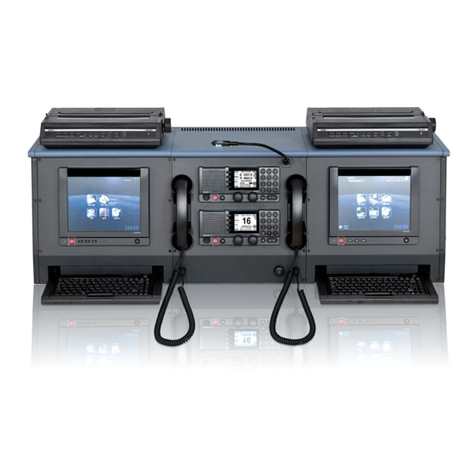
66 074 52 0 21
-
SH 400
MC_0107
Technical Specifi cations
1) Max. thrust: 182kg
2) Max. thrust: 228kg
3) Max. thrust: 211kg
4) Max. thrust: 269kg
5) Max. thrust: 302kg
6) Max. thrust: 307kg
7) Max. thrust: 310kg
8) Max. thrust: 370kg
9) Max. thrust: 399kg
60 % 80 % 100 %
Thruster model Motor type Flow Pressure Flow Pressure Flow Pressure
SH 100
U6 L/min -Bar 18.8 103 21.7 137 24.2 172
USG-PSI 5.0 1494 5.7 1987 6.4 2494
U8 L/min -Bar 25.5 77 29,9 103 32,3 129
USG-PSI 6.6 1117 7.6 1494 8.5 1871
U10 L/min -Bar 31.3 62 36.1 82 40.4 103
USG-PSI 8.3 899 9.5 1189 10.7 1494
SH 160
U6 L/min -Bar 18.6 150 21,5 200 24 250
USG-PSI 4.9 2175 5.7 2900 6.3 3625
U8 L/min -Bar 24,8 112 28.6 150 32.0 187
USG-PSI 6.6 1624 7.6 2175 8.5 2712
U10 L/min -Bar 31.0 82 35.8 120 40,0 150
USG-PSI 8.2 1305 9.5 1740 10.6 2172
U11 L/min - Bar 34.1 82 39.3 109 44.0 136
USG-PSI 9.0 1189 10.4 1581 11.6 1972
U14 L/min -Bar 43.1 64 49.7 86 55,6 107
USG-PSI 11.4 928 13.1 1247 14.7 1552
SH 240
U8 L/min -Bar 19.1 217 21.4 275 21,4 2751)
USG-PSI 5.05 3147 5.65 3988 5.65 39881)
U10 L/min -Bar 23.8 174 27.5 232 30 2752)
USG-PSI 6.29 2523 7.23 3364 7.93 39882)
U11 L/min -Bar 26.2 158 30.2 211 33,8 264
USG-PSI 6.9 2291 8.0 3060 8.9 3828
U14 L/min -Bar 33.1 124 38.2 166 42.7 207
USG-PSI 8.7 1798 10.1 2407 11.3 3002
U16 L/min -Bar 38.1 109 44.0 145 49.2 181
USG-PSI 10.1 1581 11.6 2103 13.0 2625
U19 L/min -Bar 45.1 92 52.1 122 58.3 153
USG-PSI 11.9 1334 13.8 1769 15.4 2219
SH320
U11 L/min -Bar 23.8 249 24.9 274 24.9 2743)
USG-PSI 6.29 3611 6.58 3973 6.58 39733)
U14 L/min -Bar 30.1 196 34.7 261 35.6 2744)
USG-PSI 7.95 2842 9.17 3785 9.41 39734)
U16 L/min -Bar 34.6 171 39.9 229 43.7 2746)
USG-PSI 9.14 2480 10.54 3321 11.55 39736)
BA16 L/min -Bar 33.8 172 39.0 230 43.6 287
USG-PSI 8.93 2494 10.30 3335 11.52 4162
U19 L/min -Bar 41.0 144 47.3 193 52.9 241
USG-PSI 10.83 2088 12.50 2799 13.98 3495
BA19 L/min -Bar 40.1 145 46.3 194 51.8 242
USG-PSI 10.59 2103 11.44 2813 13.69 3509
U23 L/min -Bar 49.4 121 57 162 63.8 202
USG-PSI 13.05 1755 15.06 2349 16.86 2929
SH360
U19 L/min -Bar 46.5 177 53.7 236 55 2485)
USG-PSI 12.3 2567 14.17 3423 14.53 35975)
BA19 L/min -Bar 45.3 176 52.3 234 58.5 293
USG-PSI 11.97 2553 13.82 3394 15.45 4250
U23 L/min -Bar 56,3 146 65.1 195 310 3107)
USG-PSI 14.88 2118 17.2 2828 81.89 44967)
BA23 L/min -Bar 54.5 146 62.3 196 70.3 245
USG-PSI 14.4 2118 16.46 2843 18.57 3553
SH400
U19 L/min -Bar 43.5 195 50.2 260 54.2 3028)
USG-PSI 11.49 2828 13.26 3771 14.32 43808)
BA23 L/min -Bar 52.3 163 60.4 218 67.5 272
USG-PSI 13.82 2364 15.96 3162 17.83 3945
SH 420
U26 L/min -Bar 44.7 188 51.6 251 56.2 2989)
USG-PSI 11.81 2726 13.63 3640 14.85 43219)
U29 L/min -Bar 49.8 169 57.6 225 64.3 281
USG-PSI 13.16 2450 15.22 3263 16.99 4075
BA32 L/min -Bar 48.4 151 55.8 202 62.4 252
USG-PSI 12.78 2190 14.74 2929 16.49 3654
U33 L/min -Bar 56.1 148 64.7 198 72.4 247
USG-PSI 14.82 2146 17.09 2871 19.13 3582
U37 L/min -Bar 62.1 132 71.8 176 80.2 220
USG-PSI 16.41 1914 18.97 2552 21.19 3190
BA40 L/min -Bar 61 121 70.4 161 78.7 202
USG-PSI 16.12 1755 18.6 2335 20.79 2929
SH550
BA40 L/min -Bar 69.8 158 80.5 211 90 264
USG-PSI 18.44 2291 21.27 3060 23.78 3828
P42 L/min -Bar 84.2 152 97.2 203 108.7 254
USG-PSI 22.25 2204 25.68 2944 28.72 3683
G45 L/min -Bar 89.5 142 103.4 190 115.6 237
USG-PSI 23.65 2059 27.32 2755 30.54 3437
BA45 L/min -Bar 77.8 139 89.9 185 100.5 232
USG-PSI 20.56 2016 23.75 2683 26.55 3364
U50 L/min -Bar 95 128 109.7 171 122.7 213
USG-PSI 25.10 1856 28.98 2480 32.42 3089
P52 L/min -Bar 105.1 124 121.4 166 135.7 207
USG-PSI 27.77 1798 27.77 2407 35.85 3002
BA60 L/min -Bar 104.6 106 120.8 141 135.1 176
USG-PSI 27.64 1537 31.92 2045 35.69 2552
